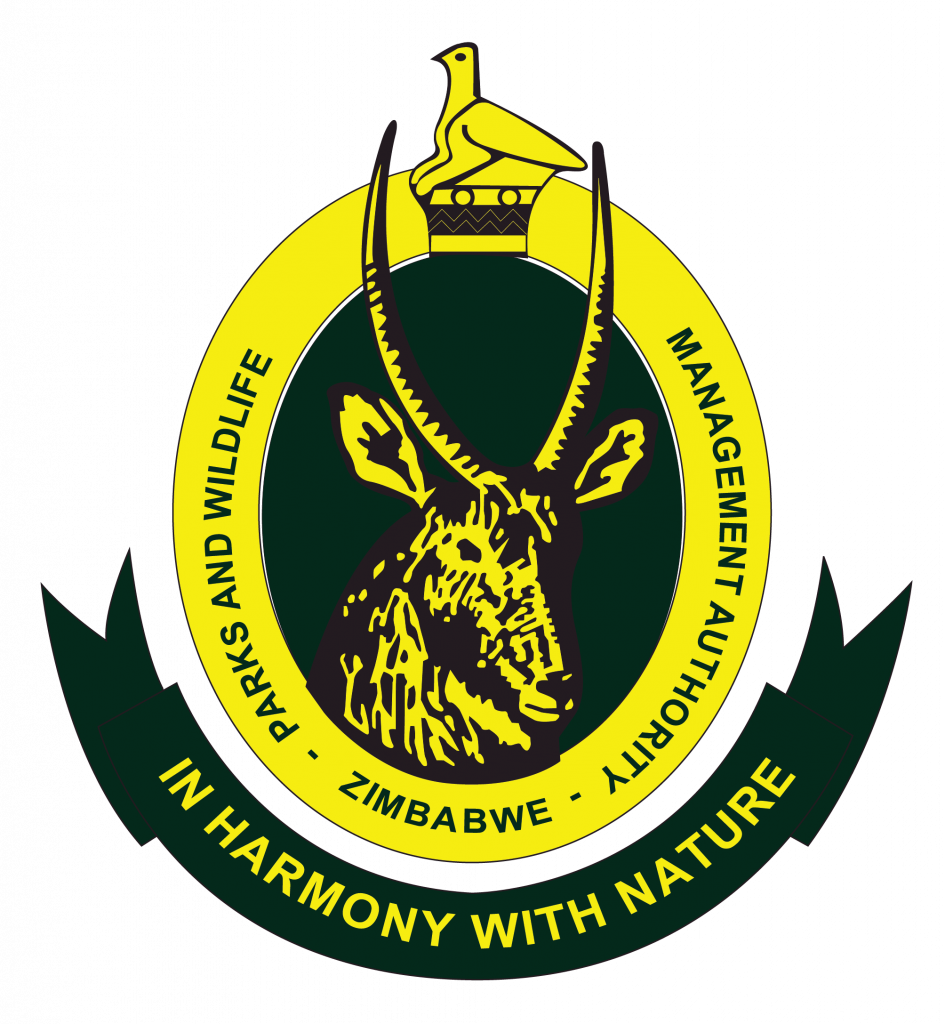Matobo National Park lies in southwest Zimbabwe covering an area of about 424km2. It’s known for the Matobo Hills, a range of balancing rock formations created by erosion of the granite plateau. The park extends along the Thuli, Mtshelele, Maleme and Mpopoma river valleys and is one of three intensive rhino protection zones within the Parks Estate.
Matobo has over 200 species of tree recorded including the mountain acacia, wild pear and the paperbark acacia. There are also many aloes, wild herbs and over 100 grass species.
Matobo boasts various animal and bird species including black and white rhinos, sable antelopes and impala. The park also contains the world's densest population of the leopards due to the abundance of hyrax, which make up 50% of their diet. One will also find hyenas, hippopotami, giraffes, zebras, wildebeests and ostriches. In addition, Matobo National Park contains the highest concentration of black eagles, and breeding pairs of these birds, worldwide.
The grave of Cecil Rhodes, founder of former British colony Rhodesia, is carved into the summit of Malindidzimu. Also known as World’s View, this is the place where Rhodes was buried, together with two of his friends; Sir Charles Patrick Coghlan and Sir Leander Starr Jameson. On the same site, a stone monument was erected to honour 35 British soldiers killed in a battle with the Matebele army who were thrown into the Shangani River. A small gallery also provides a chronology of Rhodes’ life and his exploits as a business man, explorer and politician.
